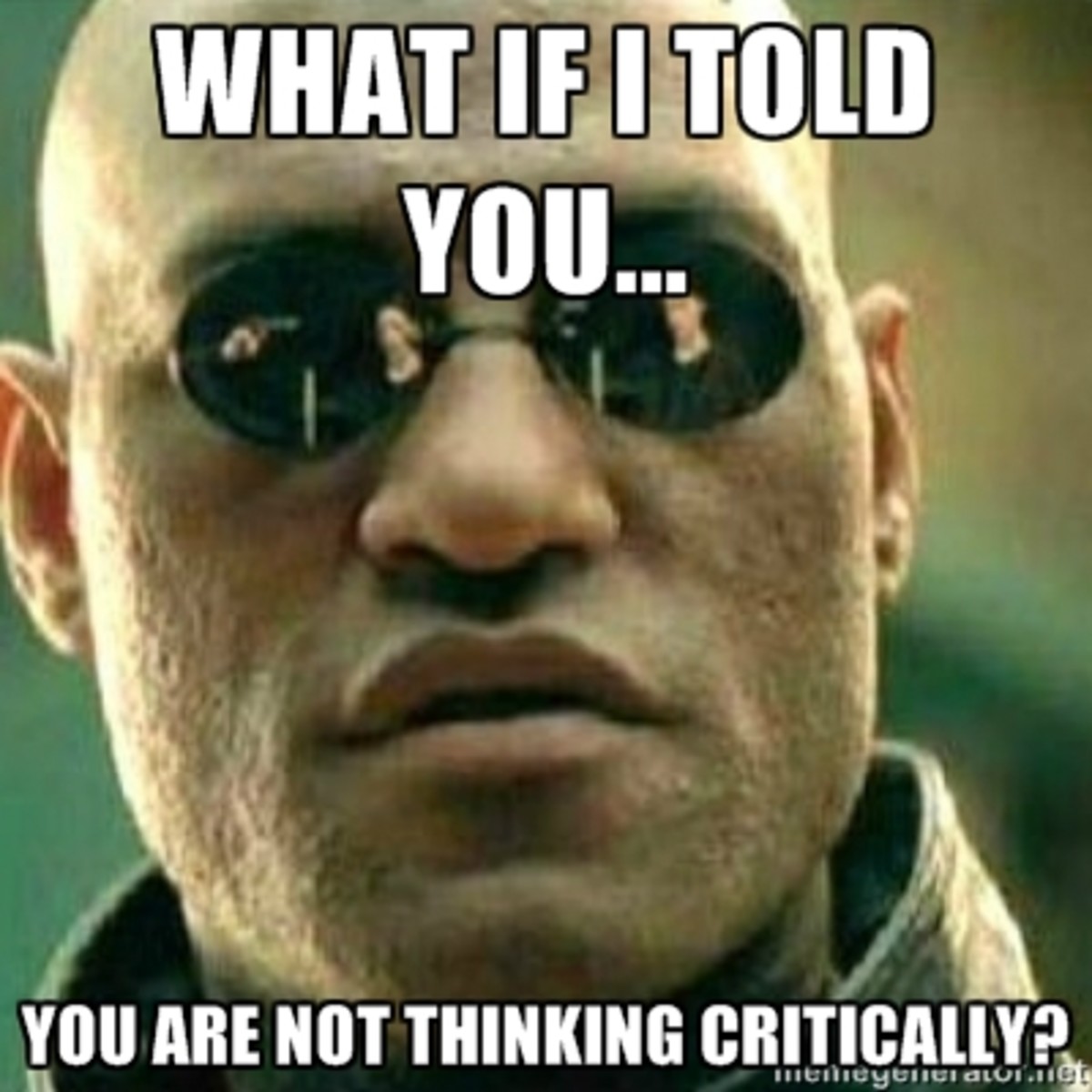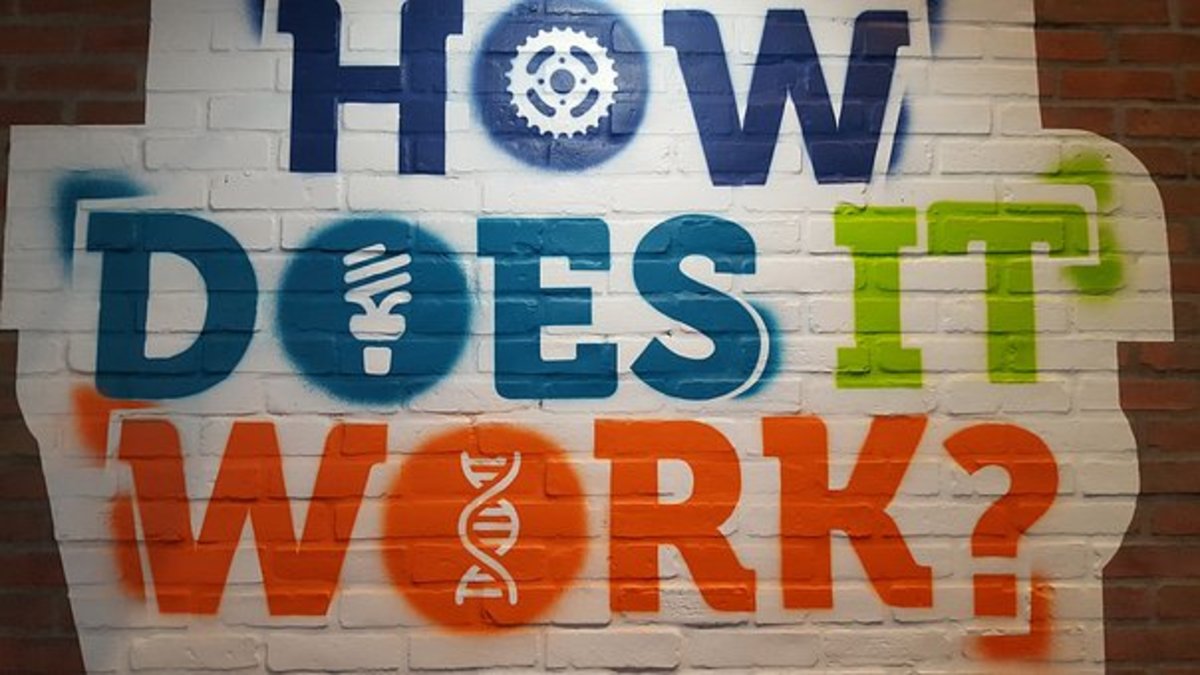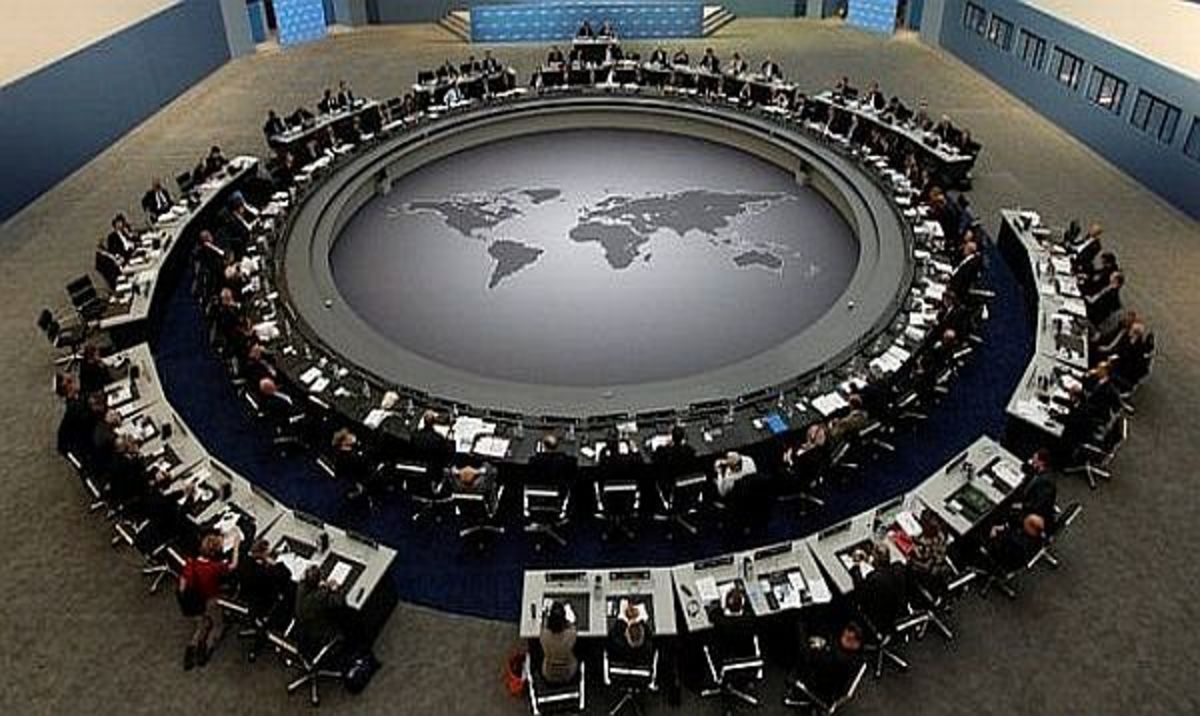Leadership Series - Critical Thinking
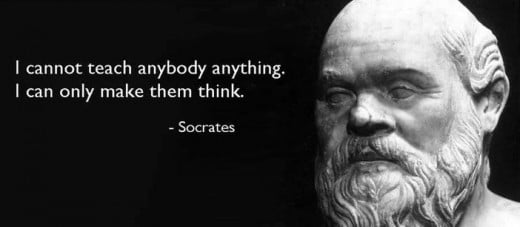
Critical Thinking - Roots
Development of critical thinking skills is crucial at a young age. It allows us to evaluate, question, analyze and make decisions based on our interpretations of choices. The history of critical thinking can be traced back to Socrates, the great Greek philosopher. He was the first to put forth the theory of outside forces influencing a persons decision making process. Before he can have peers accept his theory, there was a need to quantify it through evidence, and close examination of the reasons and assumptions a person makes in order to arrive at an outcome. He called it the "Socratic Questioning". Whereby he emphasizes the need to think for clarity and logical consistency without biases and assumptions. To this day, Socratic Questioning is the best known critical thinking teaching tool used by many University professors around the world.
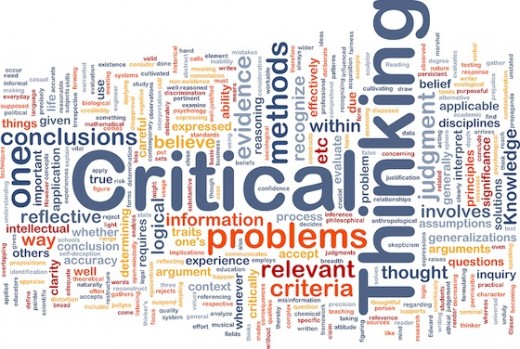
Critical Thinking - Foundation
The scope of critical thinking can be summed up in seven levels: Purpose, Question, Information & Interpretation, Concept, Assumptions, Implications and Perspectives or Point of View. By applying the above eight levels, any person can become a leader because it opens your mind to many other possible outcomes resulting is giving you the positive changes that comes with being mentally receptive.
1. Purpose
What is the purpose of this? What is the purpose of the meeting? What is the purpose of this conversation? Essentially a successful leader needs to be able to examine the intent of person, or of a task. To be able to scratch and surface and delve deep into a situation is critical in performing at a high level and to make the most optimal choices. By understanding the "Why", we open ourselves to a deeper understanding of the circumstances in front of us of which consequently will open our minds to multiple solutions.
This step is particularly hard because of bias and ego. These two factors can skew the opinion of the purpose. A good trick to help minimizing bias is to take a deep breath, take a walk around the block, or form your purpose when you are more in a peaceful state. Improper forming of the purpose will render the remaining steps useless because this is the foundation where all other levels are built on.
2. Question
Ask questions about a particular position or stance a person is taking when conversing with you. Why do they feel this way? What is it that has triggered such a response? By asking questions we can arrive at the root cause of problems. As an example, there are employees who aren't pulling their weight and working towards their potential. Before sitting them down and having a conversation, ask why aren't they pulling their weight? Is it because of the pay? Is it because of personal reasons? If it is because of pay, what is the industry average vs what they are being compensated for? If it is personal, how can we approach it from a sincerity standpoint? How can we help?
The list can go on and on. In the design field, this process is called ideation. Essentially you have a problem in front of you; it is at the center of a mind map. From the center, we work outwards asking questions like why, how, what etc until you reach at what is deemed as being the core issue. From there there is a better understand what needs to be addressed.
3. Information & Interpretation
Now that the purpose and core issue has been identified, we can start by analyzing and interpreting the information. Now ask is a specific piece of information valid in the grand scheme of things? Are we drawing accurate conclusions from the information present? Fundamentally we want to ensure we are deriving flawless logical conclusions. A simple way of looking at this is:
- If A is Blue and B is Sky. Therefore the sky is blue.
This is a very simple inference we can make when drawing conclusions from information that's been given. We are just safeguarding against external factors through only using information that's concrete. We cannot for instance say:
- If A is Blue and B is Sky. But my friend tell me A should be Red. Therefore the sky should be red
The above is a clear indicator an external force has tampered with how we use the evidence to derive a conclusion. A successful leader will take the evidence presented into consideration, weigh it against their logic and discard the rest to form a concrete conclusion(s).
4. Concept
At the conceptual stage, we are investigating the soundness of our conclusions. Does this conclusion help in this instance? Is this conclusion correct based on the circumstances? Most important, we are ensuring the conclusion is relevant to the action we are about to engage in. If for some reason none of the conclusions are sound, revert back to the beginning and work through the process again.
What we are trying to achieve is basically ensuring the first three steps we did prior to getting here were done logically and are useful to us. As a leader, we lead by example. To lead by example, we have to ensure how we engage and solve problems is always in the most professional and optimal manner.
5. Assumptions
Take the conclusion(s), analyze it for underlying assumptions that may have been made. For example, our conclusion was we need to increase morale via team building events and rising the pay. Did we assume the increase in pay and organizing a team building event will alleviate the problem? Are we missing anything in deriving the issue at hand? Assumptions will weaken any conclusion due to the lack of evidence present when we are testing the validity.
How do we ensure assumptions are not made from the very beginning? Unfortunately there is no surefire way because we are always creating assumptions in our minds when we make decisions. I am assuming I will be happy when I make this purchase, but after the fact, I realized it was an impulse buy, I didn't really need it. Because of this, I lost on opportunity costs (could have used that money for something else that was more useful). As a result, we should explore all avenues when searching for underlying assumptions made during this entire process.
6. Implications/Consequences
We may not see it from the onset but as Newton said, "...for every action, there is an equal and opposite reaction..." He said this in terms of physics, but the root meaning is the same. When an action is taken, there is usually implications involved. For instance, when we choose to purchase a car, the consequent result is the money will be used to exchange for the car can't be used for another asset down the road. Or us voting for a politician who will decrease gas prices, the consequence for that may be increases in air pollution because cheaper gas means more cars on the road.
As a leader you have to ensure the implication of whatever course of action you are to take is minimized for you, the company, or the other parties involved. To do this, seeing and predicting any negative outcomes that may arise, and work it into your decision making process will mitigate a lot of issues down the road.
7. Perspective
This final step is very similar to the conceptual phase in that we are reflecting on the evidence, and the statements made when we started this process. Look at the issue from the other person's perspective, is there any bias in their approach and the ensuing conversation? Are there limitations to the course of action we are about to undertake. If there are limitations, what are they? If it's something we can strengthen through tweaking our outcome, we adjust. By seeing our choice from multiple angles, a leader is then able to shield themselves from rebuttals.
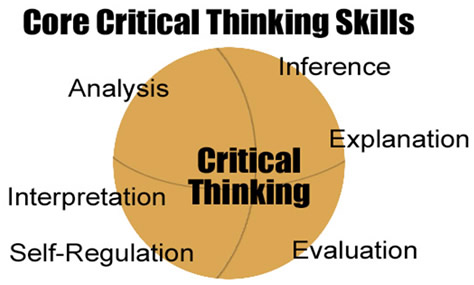
Conclusion
There are certainly no right or wrong way to go about making the proper decisions. Critical thinking is certainly not something that can be taught overnight. It takes years of practice and refinement. It may seem like a lot of steps to take into consideration when making a simple decision but with time, applying the above will be second nature and it will help us to minimize the amount of wrong decisions we undoubtedly make throughout our lives.

